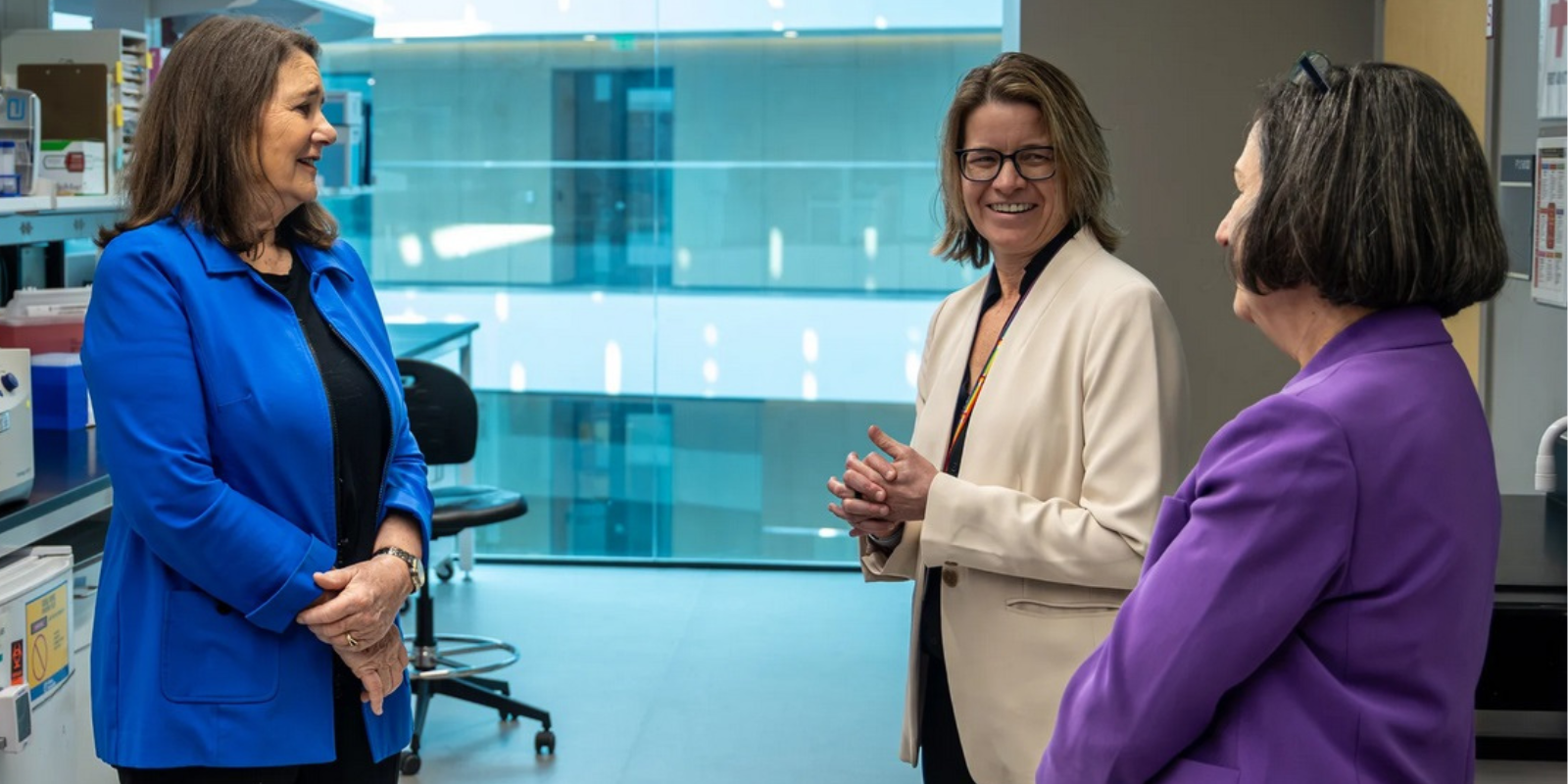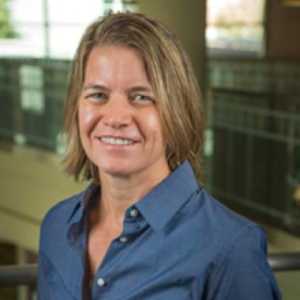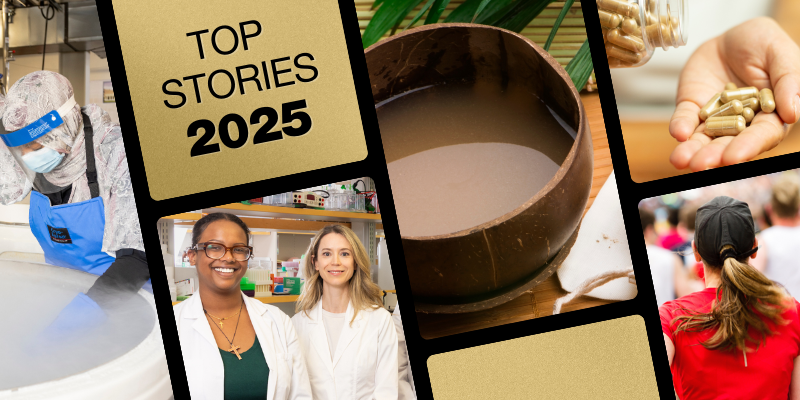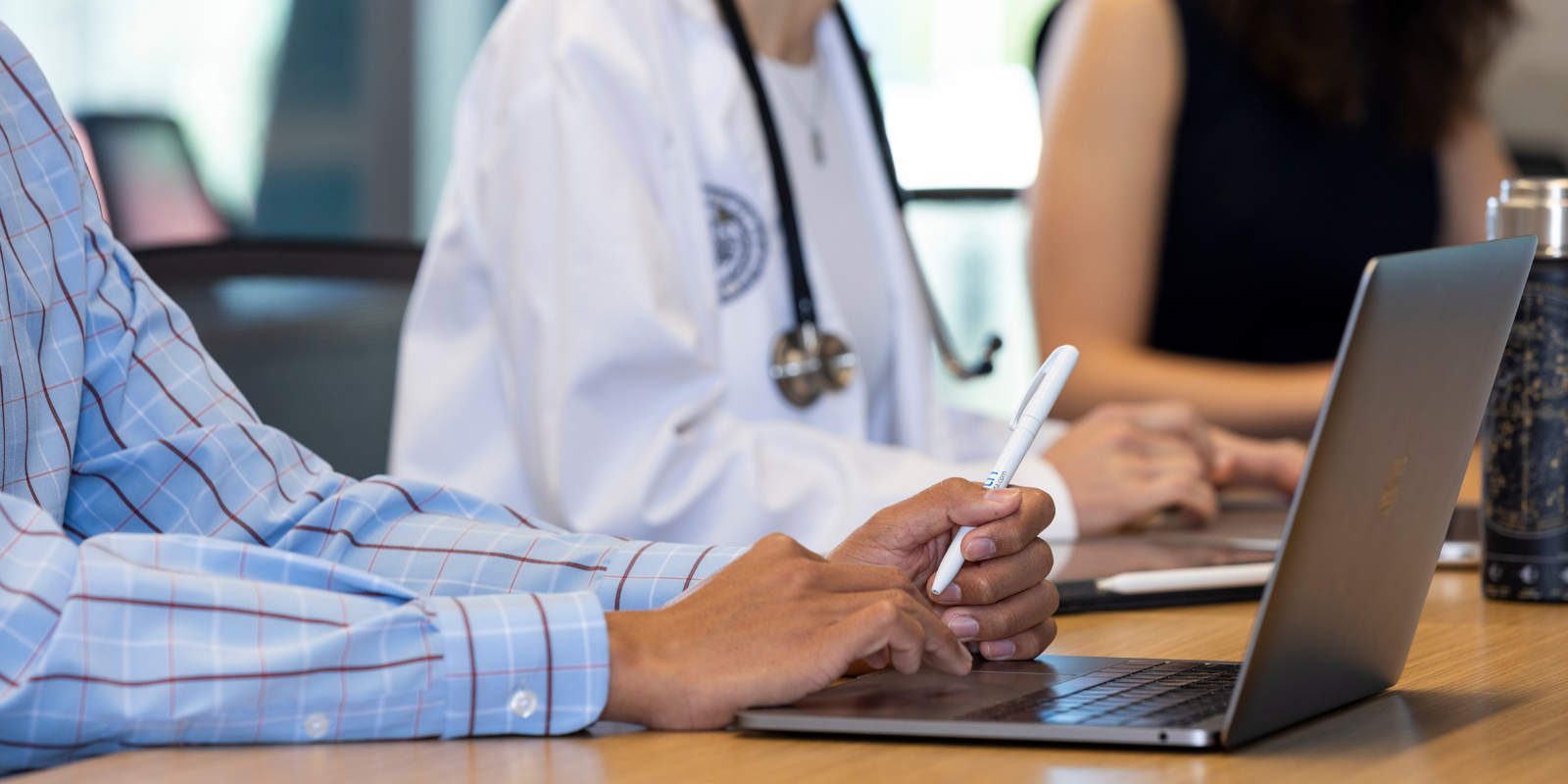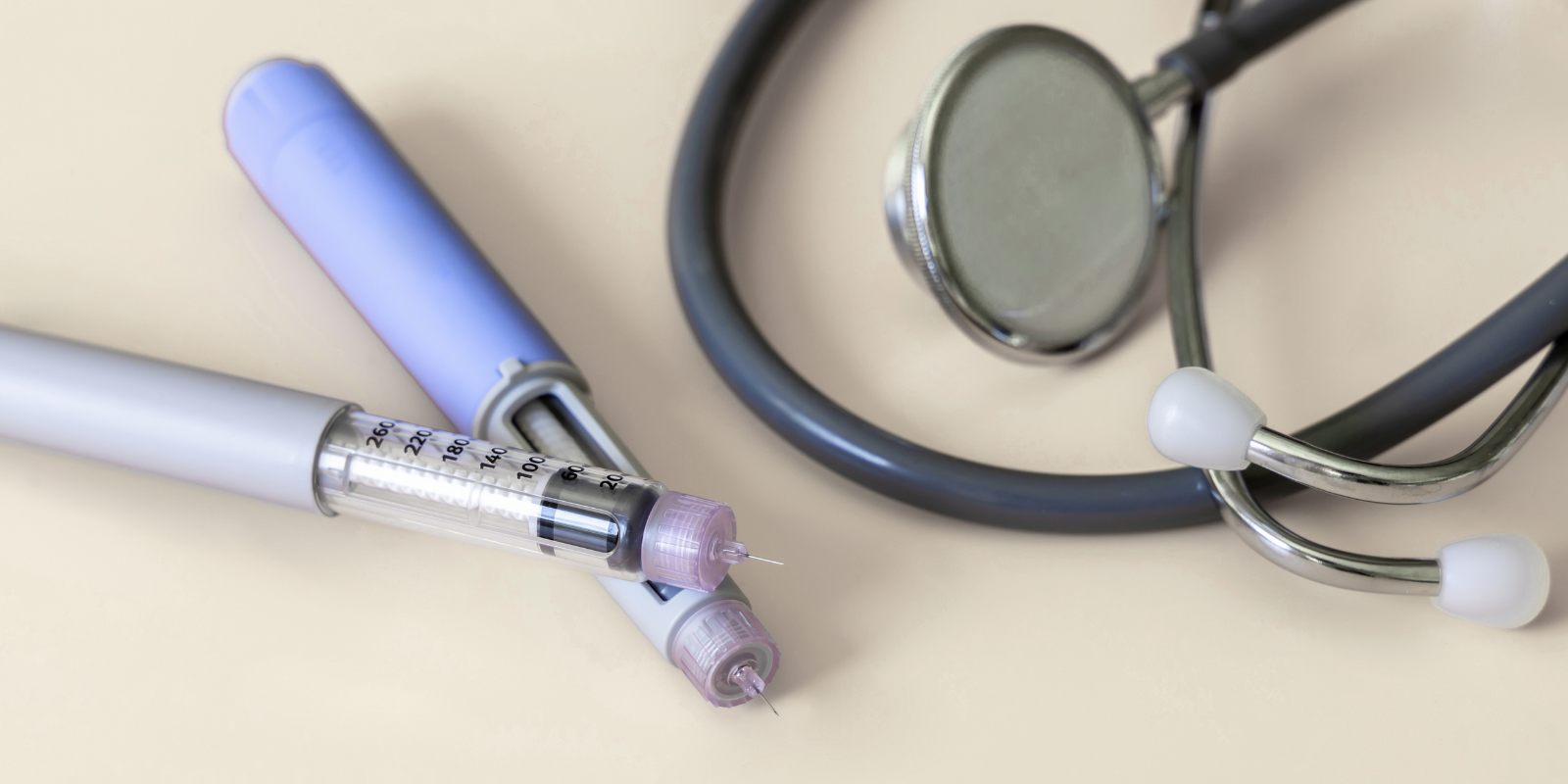An exercise physiologist on the faculty of the University of Colorado Department of Medicine and her colleagues have landed a major grant from the National Institutes of Health (NIH) for a five-year study to explore why older men and women get different levels of health benefits from exercise.
The principal investigator on the multidisciplinary study is Kerrie Moreau, PhD, a professor in the Division of Geriatric Medicine. Moreau is affiliated with the Multidisciplinary Center on Aging, the Ludeman Family Center for Women’s Health Research, and the Colorado Clinical and Translational Sciences Institute (CCTSI) on the CU Anschutz Medical Campus.
NIH’s National Institute on Aging has funded the first year of the project at nearly $1.6 million, and about $6.8 million across the full five years, Moreau says.
“We’ll be looking at differences between men and women across their adult lifespan in their ability to see improvements in vascular health in the peripheral circulation and the brain,” Moreau says. The study will examine those differences down to the molecular level.
Fewer benefits after menopause
As a clinical researcher, Moreau for many years has focused on the effects of aging on the cardiovascular system and brain health, especially as those effects differ between men and women, and “whether we can slow down or even reverse some of the cardiovascular aging processes with exercise,” she says. Part of that focus has been on examining the impact of menopause on women’s health.
In general, exercise brings a wide range of health benefits for both men and women. Moreau says that regular aerobic exercise is associated with a reduced risk of both cardiovascular disease and Alzheimer’s disease, largely because it can improve vascular health throughout the body and in the brain.
But research by Moreau and others shows that after menopause, which on average occurs when women are in their early 50s in the United States, some women see fewer of those vascular benefits from exercise than men do.
“We do a variety of tests to look at the overall health of arteries,” she says. “We can assess the endothelial cells that line our blood vessels, which serve as a protective barrier and prevent the plaque buildup process. And as men age, if we put them on an exercise training program, we can restore the youthfulness of these cells. It’s not the same for women after menopause. These women can be exercising their entire life, and yet some of the characteristics of their vascular health look like a woman who has never exercised.”

Kerrie Moreau, PhD, explains how both age and hormones contribute to dramatic differences in vascular aging for men and women at the 2022 annual meeting of the American Colleges of Sports Medicine. Photo courtesy ACSM.
Estrogen and exerkines
The reasons for exercise response differences between the sexes as people age are poorly understood, but changes in sex hormone levels are a key suspect, Moreau says.
“We think that one reason is that women see a rapid decline in estrogen when they go through menopause,” she says. “Men, who do not go through the equivalent of menopause, see steady declines in testosterone as they age, but usually they’re not going to get down to undetectable levels of testosterone, in contrast to estrogen in women.”
A lack of estrogen, she adds, may hamper the ability of postmenopausal women to counteract the cell-damaging effects of free radicals that are released with exercise.
Moreau’s NIH-funded study – which will include researchers from CU Boulder, Denver Health and Colorado State University – will investigate age and sex differences in the biology of vascular aging and seek to uncover, at the molecular level, how exercise impacts the health of the peripheral and cerebral vasculature.
"When we exercise, we release molecular factors from different organs and tissues – we call these exerkines – and they’re carrying what we call molecular transducers” that communicate and coordinate the effects of exercise on the body, Moreau says.
“With some organs and some tissues, you can see improvements in outcomes from exercise right away. But why are other tissues resistant to improvements in a sex-specific way or an age-specific way? And you can try to understand what this one organ is responding to. How is it unique? Are there different factors that are being released that are controlling the response? That’s what we’ll try to learn.”
A nationwide consortium
Moreau notes that CU Anschutz is a research site for a nationwide NIH-funded initiative, launched in 2016, called the Molecular Transducers of Physical Activity Consortium, or MoTrPAC (pronounced “motor pack”). It’s the largest-ever research initiative seeking to explain the links between exercise and improvement of human health. Moreau’s geriatric-medicine colleague Wendy Kohrt, PhD, is the campus leader for MoTrPAC.
Moreau’s study will rely on blood samples drawn from people before and after they take part in an exercise program. Blood serum from those samples will be used to incubate endothelial cells that line blood vessels, “and we’ll see how the cells respond to the molecules in the blood samples,” she says.
The researchers will also use data gathered through the MoTrPAC initiative, Moreau says. “Then we’ll use artificial intelligence and machine learning to help us put this puzzle together.”
Moreau and her colleagues hope their study will lead to ways to develop personalized age- and sex-specific exercise recommendations. They also hope to identify molecular targets that can be manipulated to enhance or mimic exercise for people who don’t respond to exercise or are unable to exercise.
“Maybe we’ll identify a pathway that’s resistant to exercise benefits,” she says. “And then maybe we can come back and target it pharmacologically or with a nutrient supplement.”
Asked about her interest in the cardiovascular system as a research focus, Moreau smiles and says: “I always tell my colleagues on campus who study other diseases and organs that blood vessels run through every tissue. They’re universal.”
Photo at top: From left, U.S. Rep. Diana DeGette of Denver; Kerrie Moreau, PHD; and Judy Regensteiner, director of the Ludeman Family Center for Women's Health Research, tour the core lab of the Colorado Clinical and Translational Sciences Institute (CCTSI) on the CU Anschutz Medical Campus. Photo courtesy of CCTSI.
